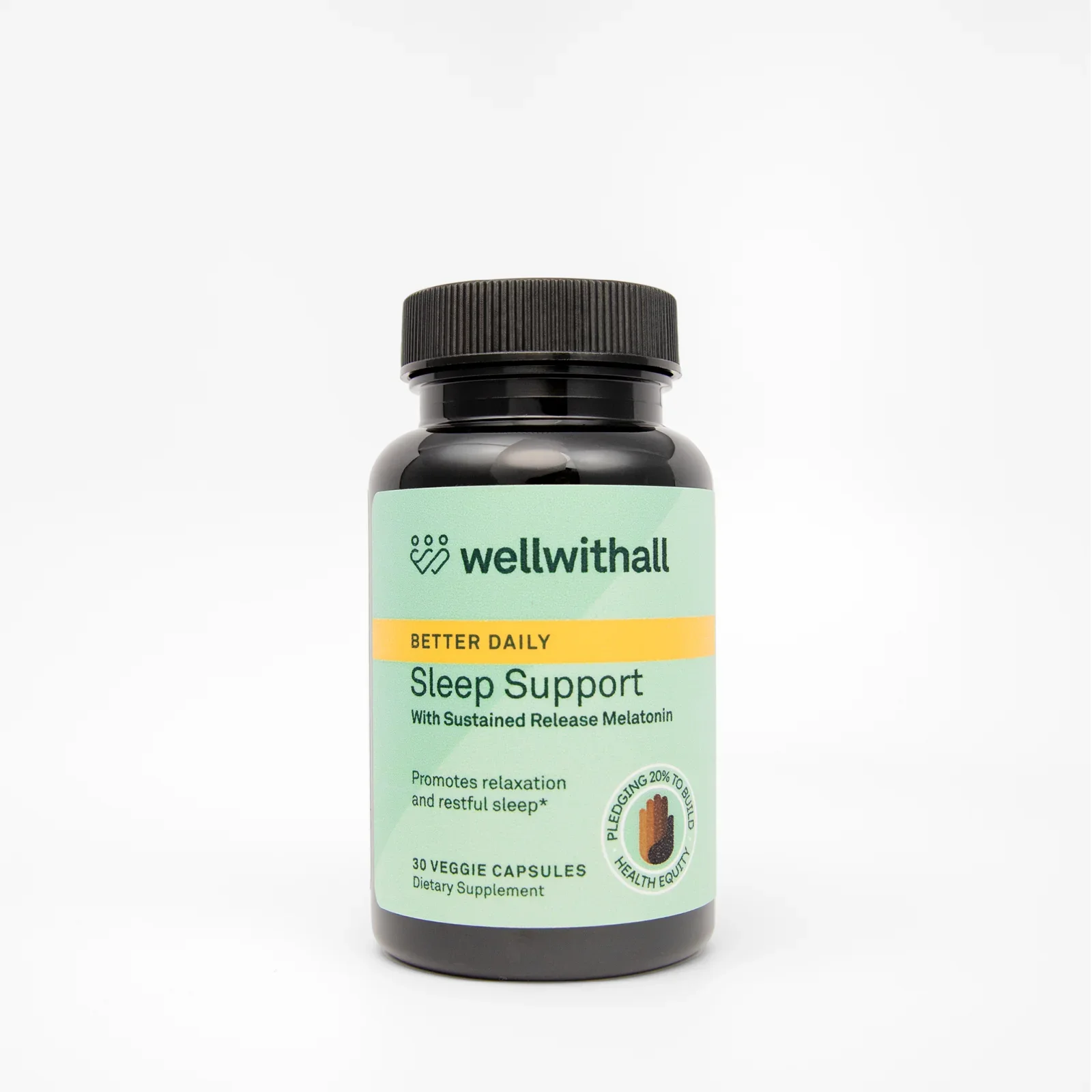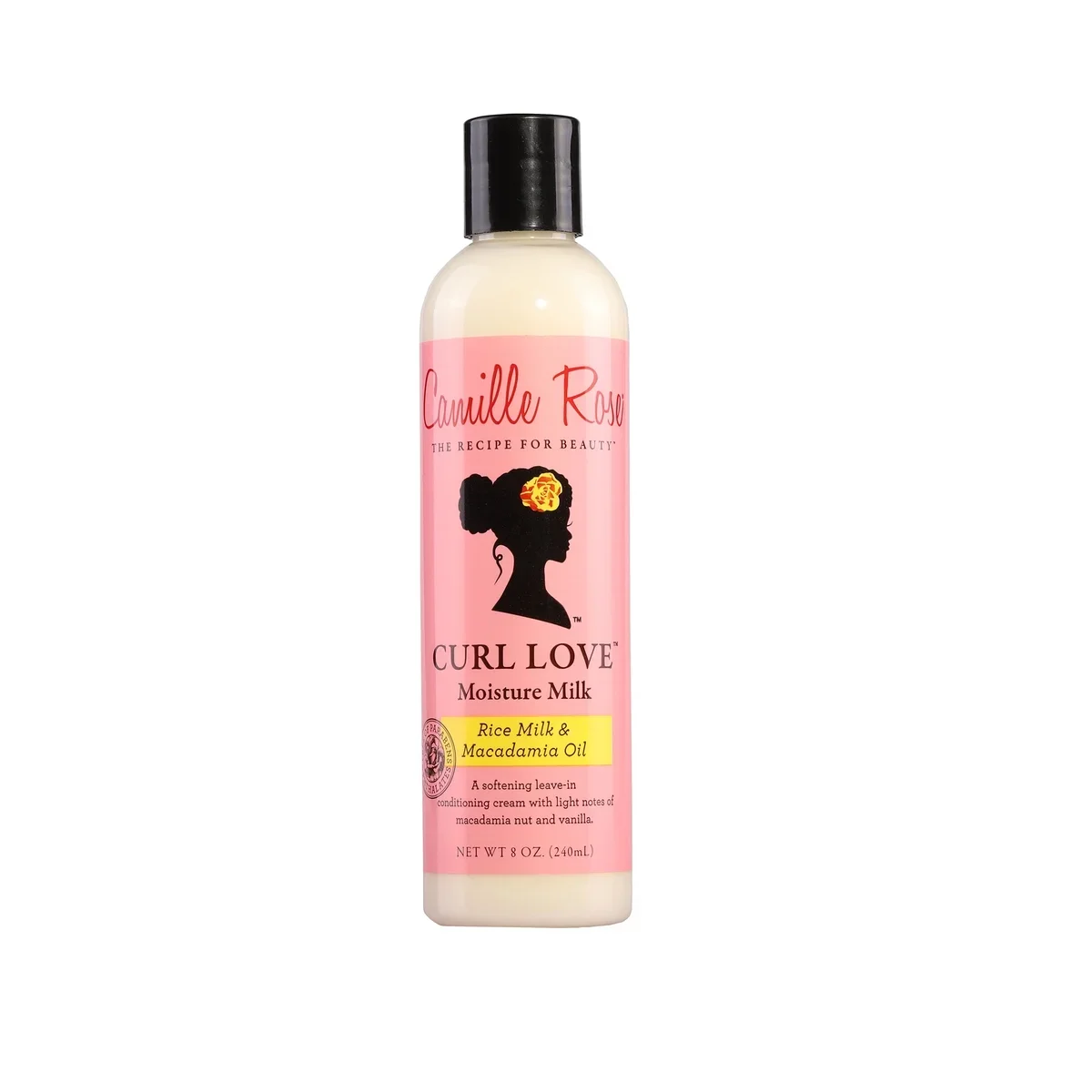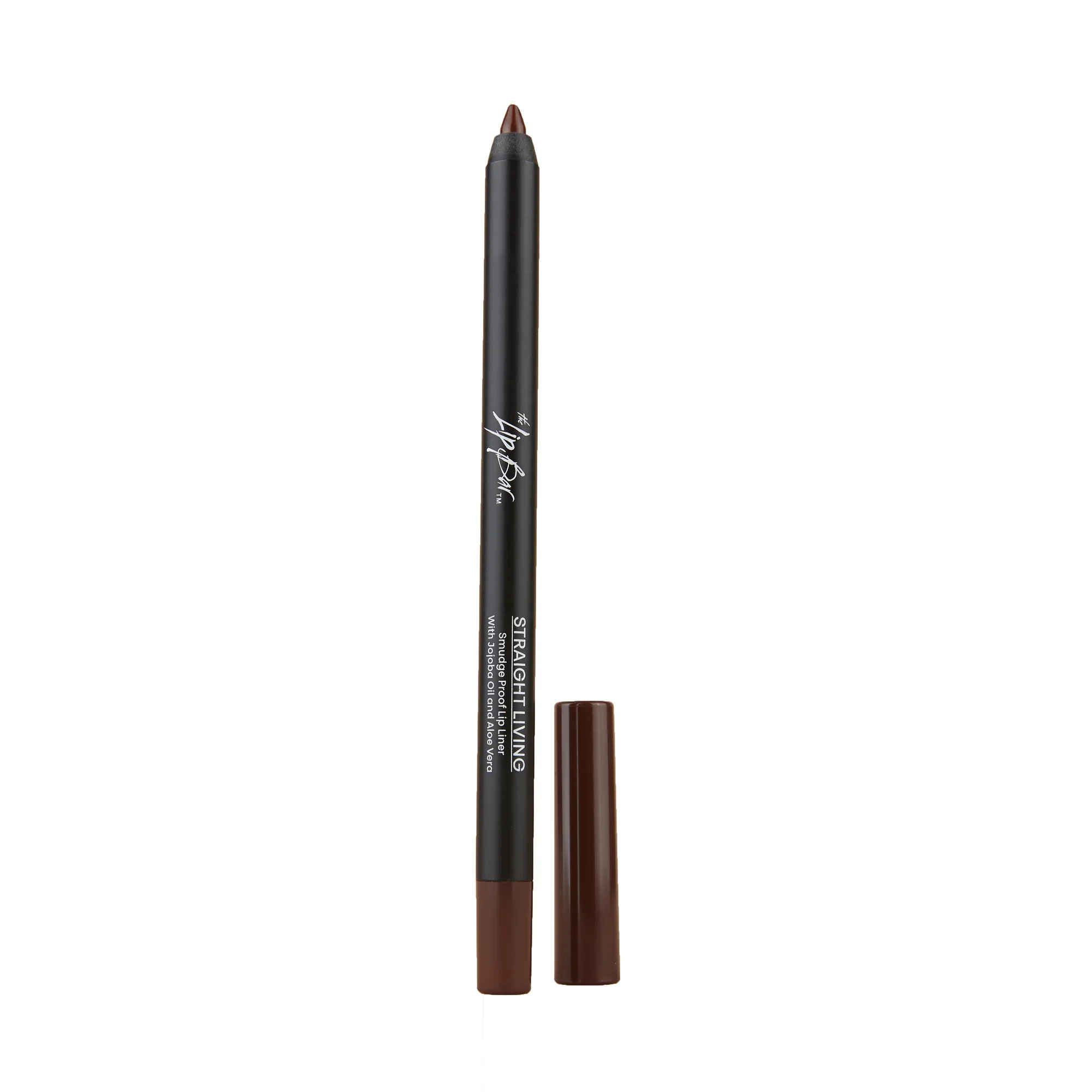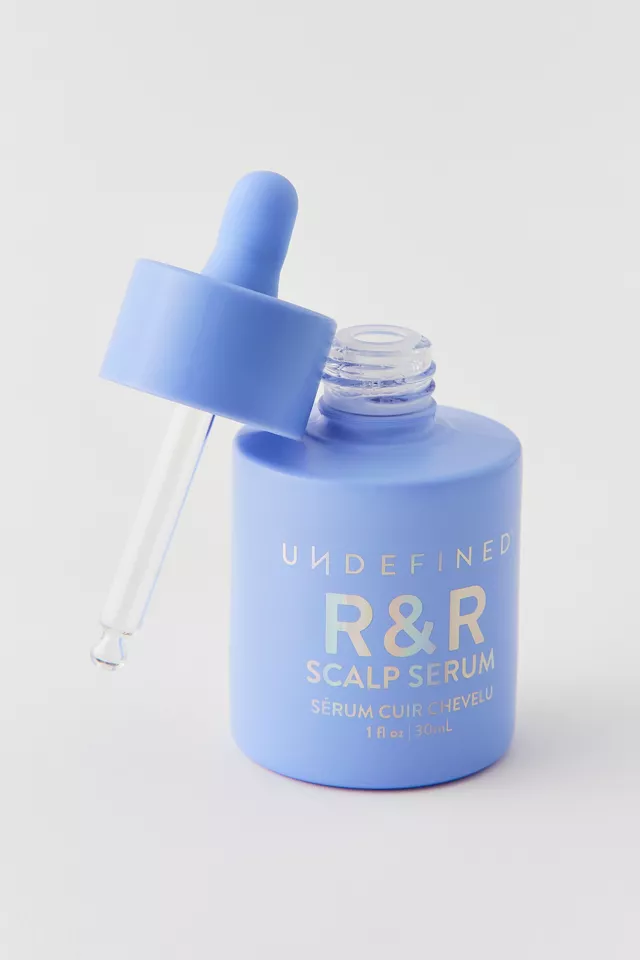
The global coronavirus pandemic has changed our lives in more ways than one. While many of us are juggling work from home schedules, daily workouts and increased time in the kitchen, our bodies are also reacting to the change of less time outdoors. If you don’t spend enough time in the sun or if your body has trouble absorbing vitamin D, you may not be getting enough of it, which can lead to a range of problems, especially relating to the bones and muscles.
While this may not be top of mind — it should be. Vitamin D is essential for a range of bodily functions, and its best-known role is to keep bones healthy by increasing the intestinal absorption of calcium. Also, according to a November 2017 study, maintaining sufficient vitamin D intake may help prevent or delay the onset of inflammatory health conditions like rheumatoid arthritis. Care/of’s Medical Director and Formulator, Dr. Maggie Luther, ND. offers a few ways to ensure adequate intake, despite what’s going on in our current economic climate.
Go outside for at least 20 minutes a day.
With everything going on in the world right now, this can seem a bit scary. But spending time outdoors doesn’t mean you need to be around crowds of people. This can be as simply as sitting in the sun on your balcony for 20 minutes a day, going for a walk around your neighborhood, or taking your bike out to an empty trail. “Since vitamin D is actually a hormone, the most natural way to get it is through sunlight,” says Dr. Luther. “The body absorbs sunlight through the skin, which increases a prohormone form of vitamin D that is then converted into active vitamin D in the body. However, when you’re not getting at least 30 minutes of direct sunlight (with sunscreen), then your body won’t be able to make sufficient levels.”
Incorporating more vitamin D-rich foods in your diet.
Perhaps one of the easiest ways to increase your vitamin D levels is through — you guessed it — food of course. According to Dr. Luther, “Nearly all naturally occurring vitamin D3 from food comes from animal products: eggs (specifically the yolks), salmon, liver, herring, and sardines, are the richest sources. Unfortunately, most people just won’t be able to consume enough of these foods daily.”
She continues, “Some foods, such as milk or juice, will be fortified with vitamin D3, which means it has been added versus naturally occurring in these foods. As a note, there is also vitamin D2 found in some vegetable sources, such as mushrooms. While it is absolutely great to get some vitamin D2, it is not considered a replacement for D3, the more bioactive form. “
Take a Vitamin D supplement.







Since vitamin D is such an important nutrient and is considered a nutrient of public health concern by government health policies, a supplement is often your best way to ensure you get consistent and adequate levels regularly. “Look for vitamin D3,” shares Dr. Luther. “The literature has shown that roughly 1000IU or 25mcg is the best level to strive for if you’re looking to maintain your current blood levels. It’s important to get your vitamin D tested so you know what your levels are. Work with a healthcare professional to make sure that you’ve got adequate levels and you’re taking the right quantity for yourself. A 1000IU/25mcg is a great starting place.”






